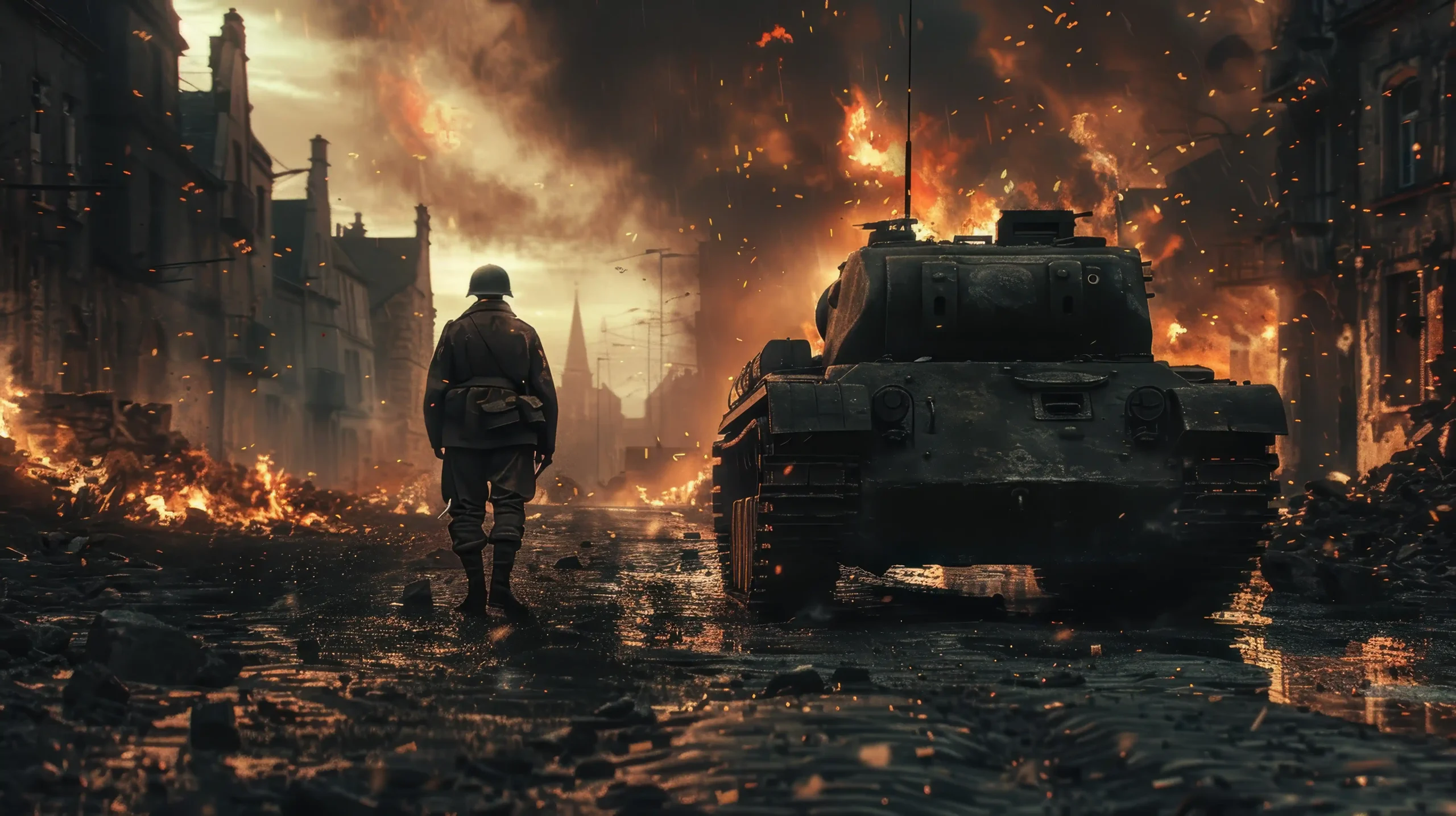The Siege of Leningrad, one of the longest and most traumatic sieges in history, lasted from September 8, 1941, to January 27, 1944. The inhabitants of Leningrad (now Saint Petersburg) suffered unimaginable deprivation for 872 days, but their determination became a testament to human resilience in the face of cataclysmic adversity. Behind the statistics and the war tactics is a raw, human tale—one that testifies to the extraordinary resilience of ordinary folk in the midst of starvation, freezing temperatures, and perpetual fear.
The Harsh Reality of Blockade
Life inside Leningrad during the siege was not just hard—it was a daily battle with death. With German and Finnish troops blocking all land avenues, the city starved for food, fuel, and medicine. Early illusions of a swift war soon ended, and citizens came to understand that staying alive had nothing to do with the army or the government, but with their own will and creativity.
Food was the most pressing issue. Rations were reduced every month. During the worst period, the workers’ daily bread ration was 250 grams, children’s and old people’s was only 125 grams. And this bread was frequently stretched with sawdust or other material to extend its shelf life.
Hunger as a Constant Companion
Hunger revolutionized the social order of Leningrad. Kids passed out in classrooms. Grownups ambled through the streets, empty-faced, holding onto each spare bit of strength. Humans cooked leather belts, wallpaper glue, and any material remotely resembling anything biological. And there were rumors—and in a few instances, reported and proven cases—of cannibalism, both horrific and off-limits a topic, yet a grim test of how much a human body could be subjected.
Most died not only from hunger, but from the combined effect of cold and fatigue. Sieges during winters were among the most frigid on record, with temperatures plummeting well below zero. With no fuel, families crowded into cold apartments, layered in cloth, burning furniture or books when nothing else remained.
And still, amidst it all, Leningrad did not give in. Schools were reopened, orchestras performed, newspapers were published, and men and women still married and had babies. These apparently trivial activities were, in fact, acts of rebellion. They were grand declarations of existence in the teeth of a kill-or-be-killed siege.
Acts of survival that entered into legend:
- Library staff members went on issuing books even when their fingers were too numb to flip pages.
- The Vavilov Institute of Plant Industry scientists watched over a valued seed bank and would not consume the food that they were trying to preserve, even when starving.
- The composer Dmitri Shostakovich composed his Seventh Symphony throughout the siege. Its performance in 1942 at Leningrad saw the thinness of the orchestra such that musicians were also drafted from front lines and the military bands.
These tales weren’t simply remarkable—they were symptomatic of the resilient mass’s unobtrusive opposition. Leningraders clung, not only with arms, but with culture, with routine, and with sheer determination.
Coping with Death on a Daily Basis
Death was not far away—it surrounded them. Bodies littered the streets for days or even hours, as the family members did not have the energy to bury them. Mortality became part of the everyday landscape. Far from weakening people’s sense of life, it made their moments of love, laughter, and humanity all the more precious.
One of the most chilling realities was the lines for rationing. People would stand for hours in freezing cold just for a slice of bread, sometimes dying in the process. And yet the queues didn’t become chaotic. There were regulations, conventions, and an intense respect for dignity. Even at their lowest, Leningraders did not degenerate into beasts. They became a survivor community.
What Life Was Like for the Average Leningrader
- Bread was more valuable than gold. Time was counted not in hours, but in slices of bread.
- Heat was a luxury. Windows were sealed with newspaper and full winter clothing was worn indoors.
- Communication was slow and revered. Letters from beyond the city walls were treasures, sometimes being read over and over.
- Animals vanished frequently. During the bleakest times, desperate measures were taken.
- Kids overnight. Many lost parents and had to take care of younger siblings.
- Belief in routine kept individuals going. A few still wrote diaries, scrubbed stairwells, and participated in poetry readings.
Lessons That Still Hold True
Why the Siege of Leningrad is so strong is not only the extent of suffering but the extent of endurance. In a time of instant pleasures and small sacrifices, to think about what the people of Leningrad went through makes us rethink our own definitions of struggle and of bravery. That they could tap into meaning—even beauty—despite the most desolate of circumstances reminds us that the human spirit can not only survive on calories, but on connection, purpose, and courage. The tale of Leningrad is more than a page in Russian history. It is a testament to the power of hope in hellish times for all people.
At the very end of this hauntingly human story, the blockade was broken and then at last lifted in January 1944. The city had lost hundreds of thousands of its citizens, but it had not lost its soul. his blog was prompted by events described in the book “The Fight for $30 Millions” by Leonard Fonarov.
